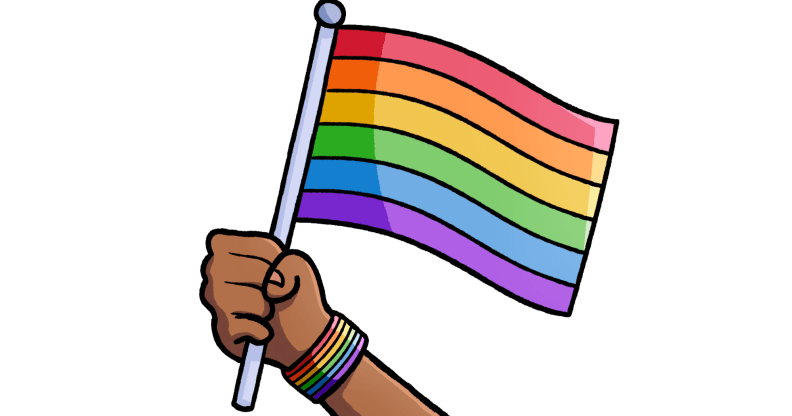LGBT people are still mostly invisible in advertising

Minorities including LGBT people are still significantly under-represented in advertising, research has found.
The Reflecting Modern Britain report reviewed the top 20 advertising spenders of 2015, and found that less than one fifth of the people featured in TV and press advertisements reflected the full diversity of British society.
The research, conducted by Lloyds Banking Group, shows that there remains a lack of accurate representation of various groups in society – particularly LGBT individuals, disabled people, and single parents in mainstream advertising.
Despite an estimated 1.7% of people in the UK identifying themselves as LGBT, just 0.06% of people featured in advertisements (0.06%) are visibly LGBT.
Over 1 in 6 (17.9%) people in the UK have a disability, but less than one percent of people featured in ads are disabled.
Single-parent families account for one in four adults in the UK, but are present in just 0.29% of cases in advertising.
Despite clear fears in the industry that ads championing diversity may put off consumers, polling carried out for a report revealed 65% of respondents said they would feel more favourable about a brand which reflected diversity in advertising. Two thirds (67%) of respondents expect an advertiser to represent diverse aspects of society.
“The majority (79%) of our respondents felt that gay women were a group underrepresented in advertising. This contrasted with the 49% who felt that gay men were absent from advertising, while 56% believed that there weren’t enough bisexual people in advertising
The report warns: “It can be challenging for advertisers to represent certain groups such as [LGBT people] without a clear story or resorting to visual cues. The risk here is being stereotypical.
“When it comes to disability it’s rarely seen and when it is, this tends to be a physical disability, yet a large proportion of disabilities may not be visible, making this challenging.”
The report hails Wells Fargo’s sign langage ad, released earlier this year, as a good model for diversity.
Karen Fraser, Director of advertising think tank Credos said: “This report offers new insight to support our leading practitioners’ instincts.
“It will give inspiration when advertising is developed. It will provide evidence if creative work is questioned. It will encourage our industry to defy traditional depictions still further. In recent years some of our industry’s most awarded and successful ads have challenged stereotypes head on.”
Catherine Kehoe, Group Brands and Marketing Director, Lloyds Banking Group, said: “This report highlights that advertising has to evolve to adapt to the reality of modern Britain.
“While the industry has started to make progress, there is still much more to be done. As part of our commitment to helping Britain prosper, Lloyds Banking Group’s ambition is to develop more inclusive advertising, reflecting our diverse range of customers.
“We found that people expect advertisers to reflect diverse aspects of society, and it cannot be a simple tokenistic gesture. We need to be inclusive and authentic.”
Disclosure: Lloyds Banking Group is a sponsor of the PinkNews Awards

